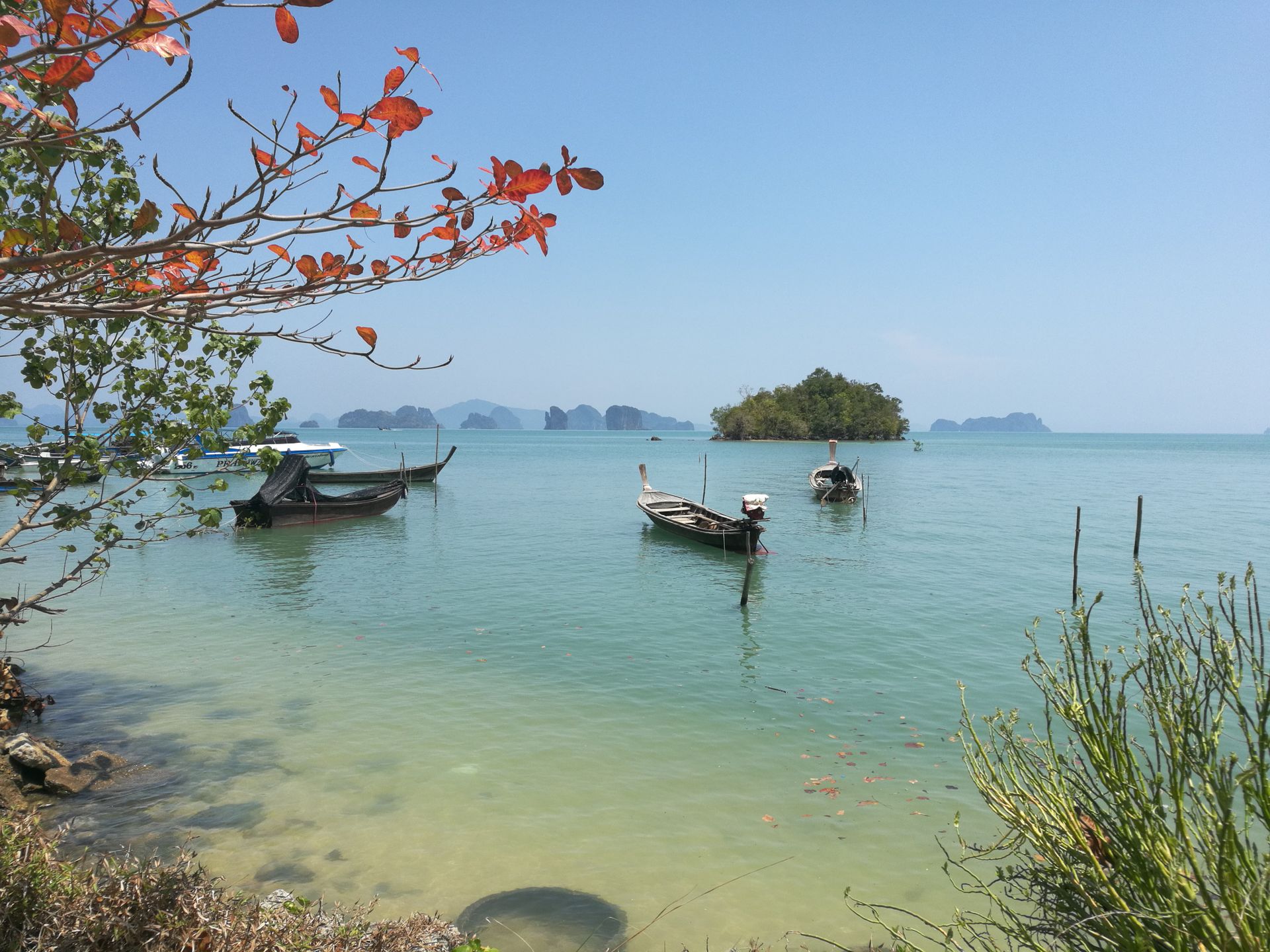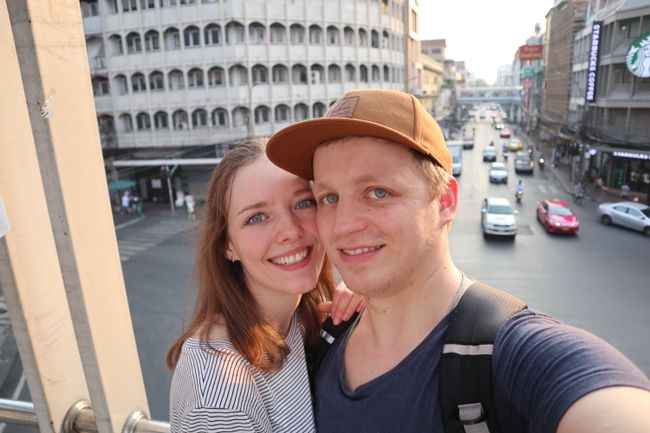
reiseabenteuer
vakantio.de/reiseabenteuer
#33: Moving to the coast
Ebimisami: 18.02.2020
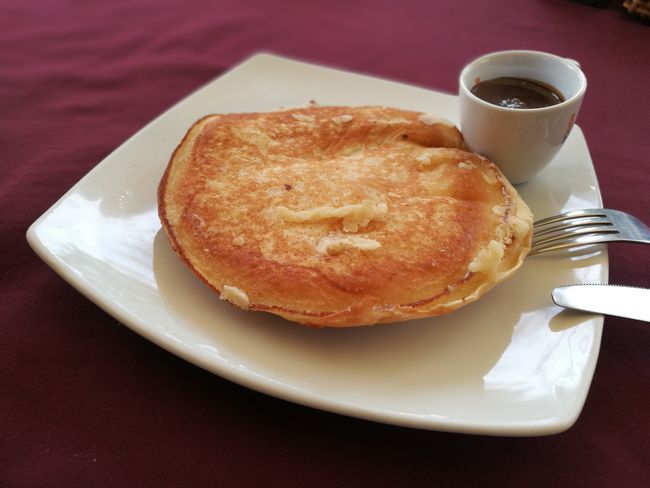
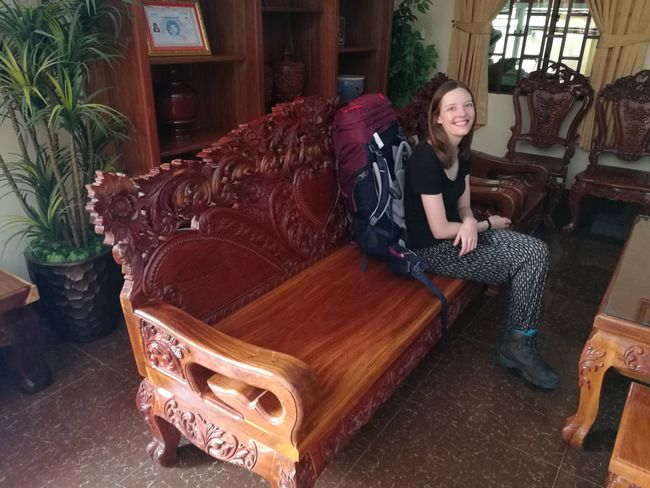
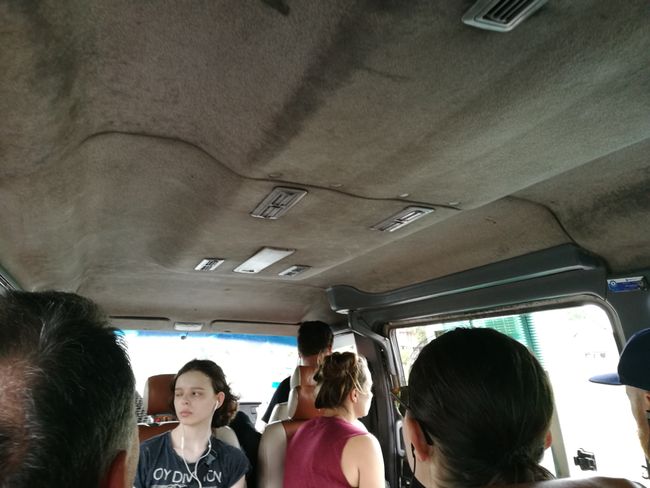
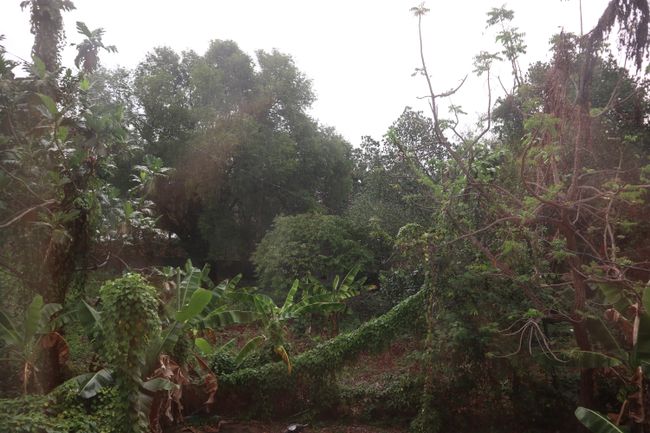
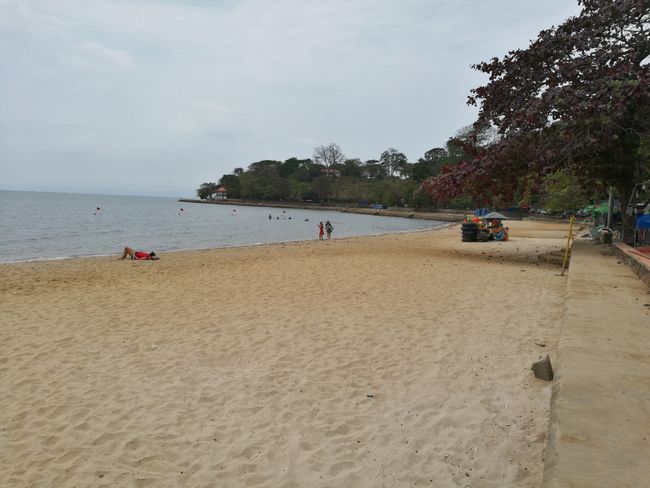
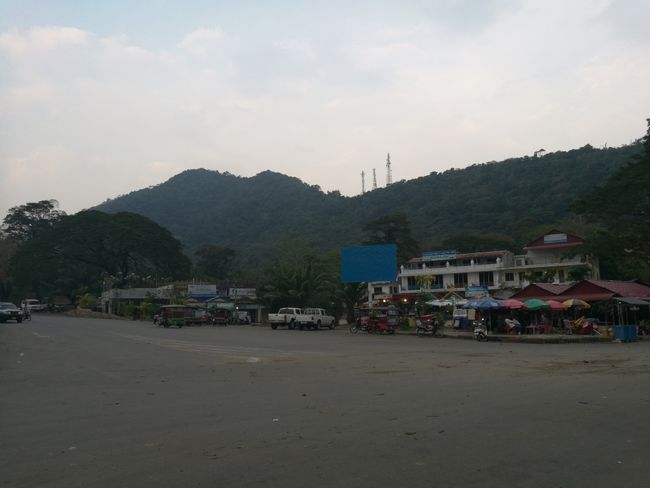
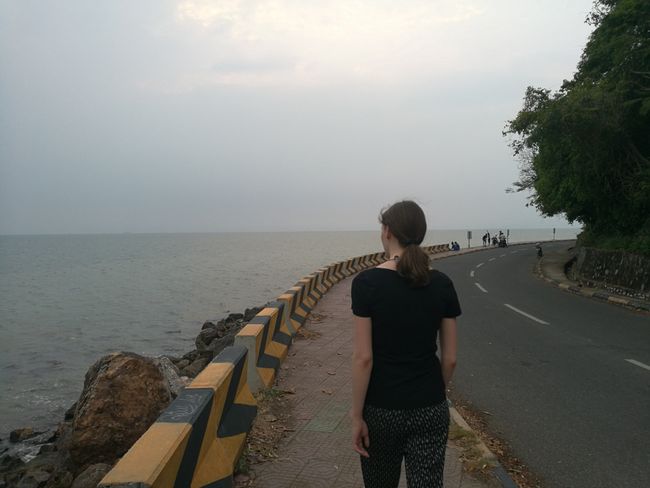
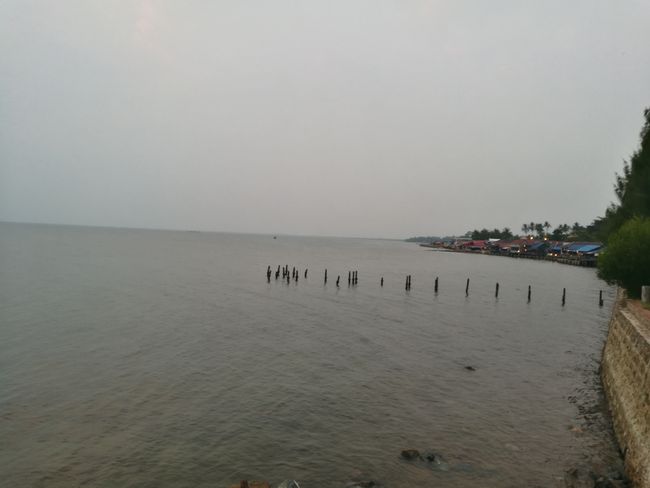
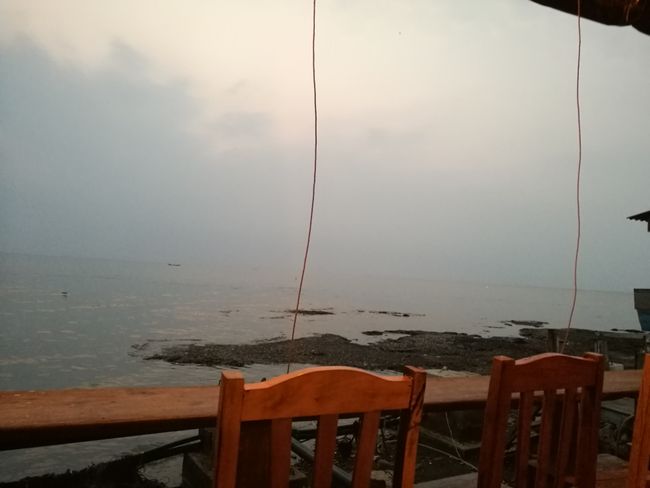
Abonnez-vous na Bulletin ya Sango
17.02.2020
We are moving! Today we're heading to the coast, further towards Vietnam. We are moving into our new accommodation in Kep, about 40 km southeast and about 30 km before the border. We want to cover the approximately 40-minute drive in a minivan for the first time.
We start the day with a rich and delicious pancake breakfast. The ride in the minivan proves to be much more complicated than the bus rides. Here, dozens of passengers stand at a 'terminal' on the street, where minivans come and go in a disorganized manner. It seems that a certain amount of luck is necessary to end up in the right van. Fortunately, thanks to our persistence in asking around, we are able to board the 13-seater almost first and secure the best seats. With the minivans, the 'mini' should be taken very seriously, because we felt like we were in a can of sardines. However, since the ride is quite short, it's not a major problem.
The ride is quite turbulent, as our driver interprets anything he spots on the horizon as a challenge for an overtaking maneuver. After safely arriving in Kep, we are already besieged by a horde of tuk-tuk drivers. We politely decline them all and set off on foot for about 500 m.
The hostel is located in a rather idyllic setting on the edge of the Kep National Park. The hostel grounds, like the surroundings, are very green and have a cozy feel. The French owner Dominic immediately greets us by first name with a handshake and shows us to our room. The first impression there is positive: cozy and practical furnishings and beautiful pictures on the walls. Since it actually starts raining shortly after checking in, we stay in the room for now. Upon closer inspection, we unfortunately notice about three and a half thousand roommates in the bathroom, who boldly make their way into the room through the window. In addition to the many live ants, we also discover about five times as many dead ants in the corners. As a first aid measure, we temporarily seal a few ant holes with paper. However, since we are now used to ants and are not yet sure what is considered standard here, we let the ants be ants for now and explore the area.
The small town is divided into the fish market in the west, the beach in the middle, and the settlement in the east. Our hostel is located in the middle, slightly above the beach. Larger wooded hills of the national park are located between the individual parts of town. During our exploration of the town, from the beach to the fish market, we unfortunately have to realize that the town is not as we have read and imagined it to be. The actually really nice place is somewhat run-down and additionally very littered. As is the case almost everywhere in Cambodia, it seems that garbage is simply disposed of at the roadside or property boundary. In the Kampot Survival Guide, a satirical magazine in Kampot, we read that 'Western toilets are now available almost everywhere in Cambodia, but Cambodian toilets can still be found on every wall, sign, and post' - unfortunately, this is often true in Kep as well, judging by the smells.
In our search for dinner, we also notice that the prices here are higher than usual. Nevertheless, we find something within our budget and have dinner, for the first time with a view of the sea. On the way back, we underestimate the time a bit, so we have to go home in the dark. When we finally arrive at the hostel, we end the day somewhat sobered with two episodes of the Heute Show.
Abonnez-vous na Bulletin ya Sango
Eyano (2)
Linda
Aber das Meer ist schön wie immer :)Ursula
Da bin ich aber mal gespannt, wie die Nacht wird.!!!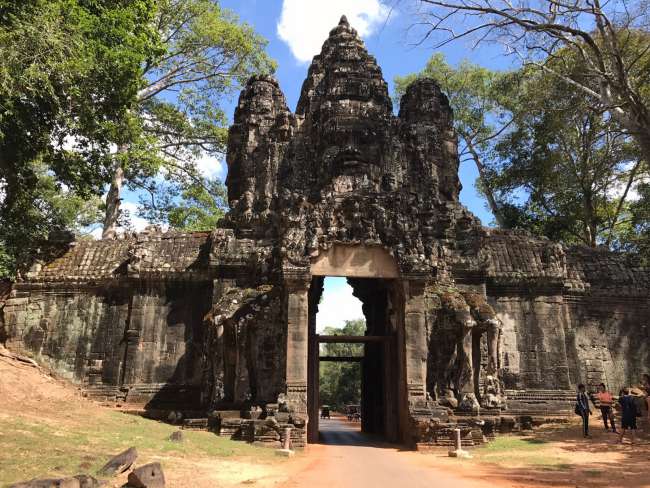
Lapolo ya mobembo Cambodge
